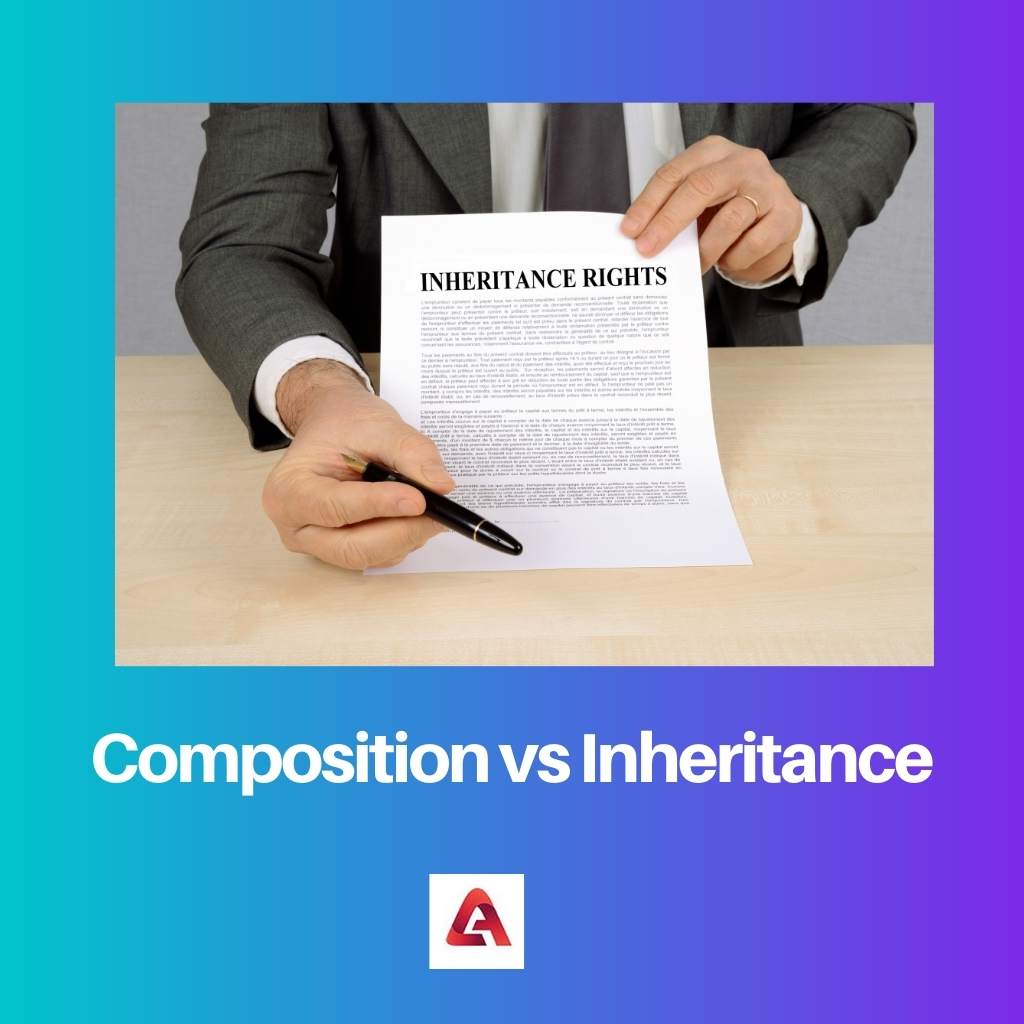The use of previous versions to create new software using the concepts of reusability is referred to as reusable code in programming.
Key Takeaways
- Composition is building complex objects by combining simpler objects, while inheritance creates new classes from existing ones.
- Composition allows for greater flexibility in modifying objects, while inheritance provides a more rigid and hierarchical structure.
- Composition is preferred over inheritance because it promotes code reuse, reduces coupling, and allows for greater abstraction.
Composition vs Inheritance
Composition involves building complex objects from simpler ones, resulting in a “has-a” relationship between classes. Inheritance allows one class to inherit properties and methods from another, establishing an “is-a” relationship and promoting code reusability.

Since it’s simple to construct complicated classes utilizing previously published, well-designed classes as components, one can always use an object as a field within another class.
In OOP, inheritance refers to the process by which one entity acquires the characteristics of another. It’s among the most effective ways to enforce code reuse in OOP.
Comparison Table
| Parameters of Comparison | Composition | Inheritance |
|---|---|---|
| Significance | We just declare a type that we want to utilize in composition, and it can store several implementations that can vary at runtime. | We define the class that we are adopting (superclass) in inheritance, and it cannot be altered at execution. |
| Class Combining | The ability to combine functionality from distinct classes is provided through composition. | We can only extend one class in this case; in other words, many classes cannot be extended because Java does not enable multiple inheritances. |
| Functionality | Composition allows us to test the functionality of the classes we’re using without having to worry about whether they’re parent or child classes. | Inheritance necessitates the use of a parent class in order to test a child class. |
| Code Reutilization | Even code from final classes can be reused thanks to composition. | The final class cannot be extended through inheritance. |
| Relationship | It is a “has-a” situation. | It’s an “is-a” situation. |
What is Composition?
A composition is a form of aggregation in which ownership is implied. There is a dependence because one object is dependent on another. Consider the following objects: a school object and a classroom object.
If somehow the characteristics of one object must be incorporated into the features of another, the relationship necessitates composition.
Composition is described as the use of an object inside another object. An entity could be used as a field in any class regularly. In composition, they use an entity that is part of a class.

What is Inheritance?
Inheritance is when a new class uses the attributes and methods of an existing class. This pre-existing class is referred to as the parent class, superclass, or foundation class.
If we want to build a fresh class, but there seems to be one with some of the code we need, we may extract our new class from the current one.

Main Differences Between Composition and Inheritance
- Even code from final classes can be reused thanks to composition, whereas the final class cannot be extended through inheritance.
- Composition is a “has-a” situation, whereas Inheritance is an “is-a” situation.




